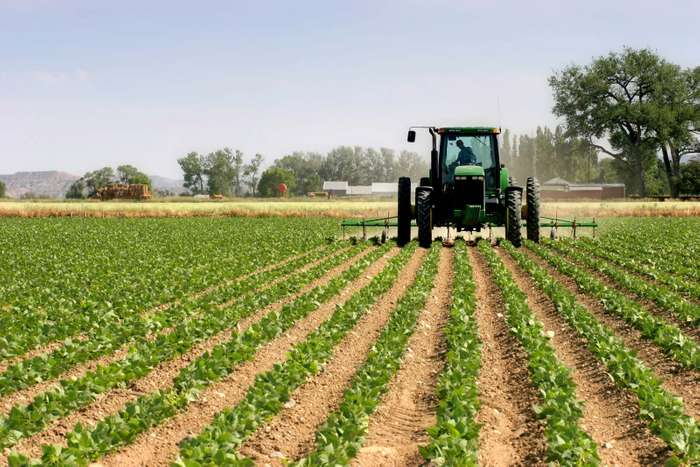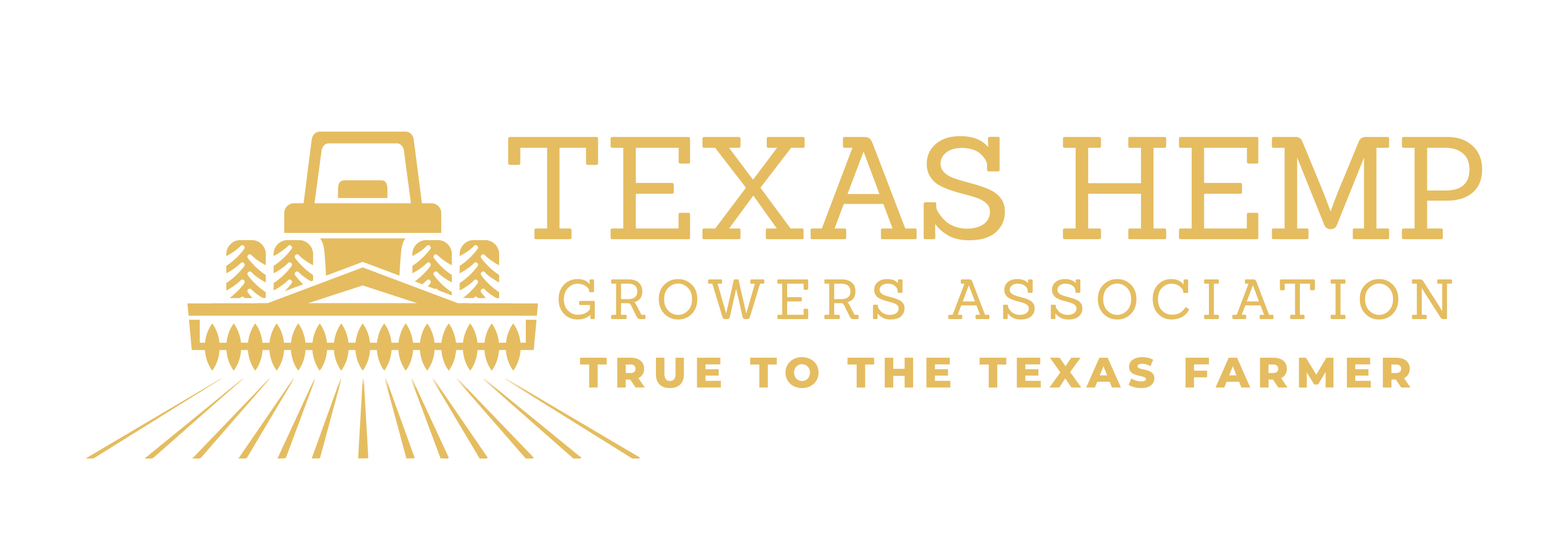Weed Control
Seeding into warm, moist and fertile soil is currently the best recommended weed control option there is for hemp production.
No herbicides are registered for use for weed control in hemp.
Crop rotation is important to avoid unwanted weed problems from volunteer crops. Grassy crops such as wheat, barley, oats and weeds such as wild buckwheat are difficult to remove during grain cleaning. The use of gravity tables and/or color sorters may remove some grassy crops and weeds from hemp but this also results in greater hemp grain loss.
When planted under ideal conditions, hemp will germinate very quickly. It can reach 12 inches in height two to four weeks after planting. At this stage, hemp enters the vegetative and elongation stage. This stage can provide about 90% ground cover to outcompete and suppress the growth of weeds. The first out of the ground wins!
Plant population is also a good weed control management practice. Hemp grain crops can produce the same grain yield under a wide range of plant populations. For example, a plant population of 5 plants per square foot could yield the same as a 25 plant per square foot population due to branching.


Height and branching due to lack of competition.
However, with lower populations the plant does not create enough shade to prevent or suppress weed growth. The crop will be more difficult to harvest as the grain would be lower on the plant, there will be additional plant materials being combined and the yield could be compromised.
The higher plant population would provide a canopy for weed control and would have the grain seed set higher on the plant requiring less material to be combined.
Experience has found a target seeding rate of 20 to 25 pounds per acre provides a plant population that will compete very well with the weeds under most conditions.
Good fertility is key for a crop’s ability to be healthy, grow quickly and help provide adequate competition for weed control.
Hemp is sensitive to most herbicides’ residues. It is important to be aware of previous herbicides used on a field that is designated for hemp production. Herbicides used for spring burn off of volunteer glyphosate tolerant crops may have a soil residue that would be harmful to hemp.
Sanitation is also an important consideration to keep out contaminants such as weeds and volunteer crop from a hemp crop at harvest. Clean handling equipment, such as bins, trucks, augers and any piece of equipment coming in contact with the grain.
Note: See “Storage Conditioning” for more details.
Control of Volunteer Hemp
Texas regulations require that all volunteer hemp plants growing must be eliminated for the following 3 years. In Canada a spring cultivation or herbicide burn off with Glyphosate is generally effective with minimal volunteer plants to control in crop.

Volunteer Hemp in Barley

Volunteer Hemp in Wheat
The year following a hemp crop consideration must be given to the crop and herbicide so that the volunteer hemp can be controlled. For example, contact herbicides like Liberty are effective on volunteer hemp in its early stage (less than 5 cm (2 inches)). As hemp gets older, the herbicide will have less effect on volunteer hemp and may only cause leaf burn, allowing the plant to recover from any viable node.

